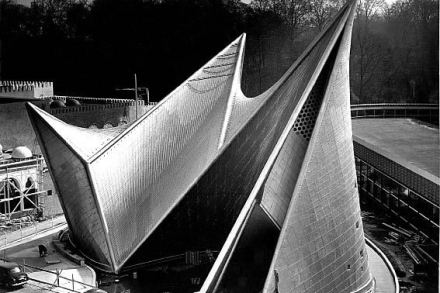New wonders among old shelves at the London Library
The Royal Court Theatre, the Young Vic Theatre and the London Library (above) are buildings of varied character and rich history. What they have in common is that each has been unpicked and reassembled by the architects Haworth Tompkins, recently announced as winners of the RIBA London Architect of the Year. This firm, founded in





